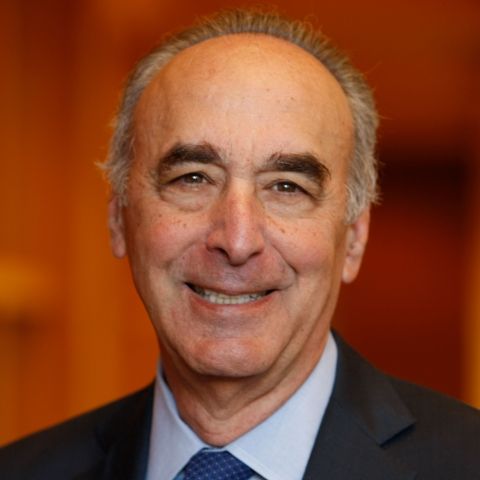
The Causes of the Insurance Crisis
Every crisis combines danger and opportunity. If it is not resolved, the problems it poses may worsen. But the public attention it evokes may also help to solve problems that would otherwise go ignored. This essay examines the danger and opportunity created by the liability insurance crisis of 1985 and 1986. During that time the price of commercial liability insurance escalated dramatically, and some businesses and professionals found they could not obtain coverage at any price. Some blamed the tort system for the crisis, others what they saw as collusion by the insurance industry. Dozens of states responded by enacting the first tort-reform statutes of general application they had ever adopted and by revising their insurance laws and regulations. The crisis is by no means completely resolved. Premiums remain high compared with previous levels, many enterprises still find it hard to obtain adequate coverage, and most participants in the debate - though they may disagree on other issues - recognize that none of the actions taken thus far ensures that similar crises will not recur. To make sense of the insurance crisis, one must unravel the various short- and long-term developments that brought it about and assess their relative contributions. Four explanations have been widely given for the crisis, and each has different implications for reform. In fact, no single explanation fully accounts for the problems that have arisen, and no single reform is likely to prevent their recurrence. Most important, the principal long-term cause of the crisis-a legal climate that makes insuring businesses and professionals a risky enterprise - cannot be rectified through the kind of "quick-fix" tort and insurance-law reforms that have been adopted thus far.